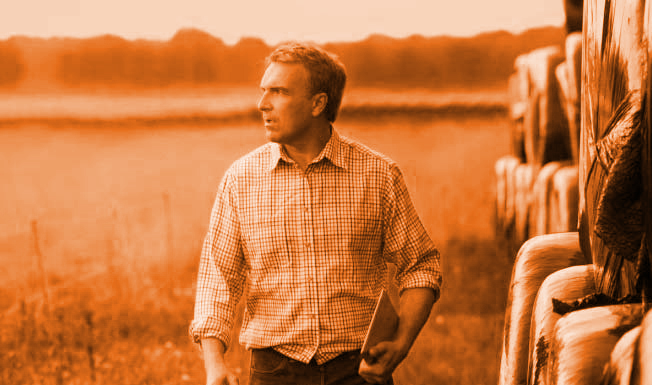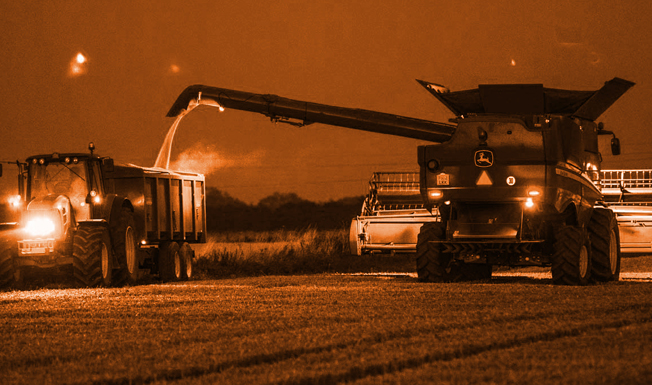How can we feed a growing population with less?
The following article has been written for and published by Farmers Guide. It is protected by copyright and may not be reproduced in part or whole without the written express permission of both Openfield and Farmers Guide.
Openfield experts share insights on GM crops and how to reduce carbon footprint without costly investment.
With mother nature again reminding us we can never take the weather for granted, many in the industry will start to focus on soils again, writes Cecilia Pryce, Openfield’s head of research, compliance & shipping. If it’s not concerns about standing water and blocked land drains, it’s drying soils and a fast-retreating water table. Trying to maintain moisture one year and making it drain the next is no easy balance.
The impact weather has on crop and silage yields is also becoming more of a focus as acres are lost to environmental schemes or permanent land use change. The fact is, UK agriculture is balancing on the edge of the unknown. We need to feed our increasing population on less land with fewer resources and weather extremes.
While we all look for the magic wand, I believe it may just be time for more focus and education on GM crops and modern breeding techniques. I’m sure there would be a healthy demand for drought resistant varieties just as much as there would be for rot resistant ones – but before we get that far, would it not be a great idea to map and freshly grade UK arable areas and farms by field soil types and drainage?
The world tells us how important water is and that healthy soils are a must, but when was a farm last rated and audited by its soils and drains? National soil maps are available, but can they really be used to predict crop numbers in times of weather extremes? Where is the regional data showing instigation at farm level of good prevention and drought resilient SFI areas and their impact on arable or grasslands?
So many questions and so few answers due to so little data collection or measuring. We need to focus on our limited natural resources by helping the custodians of those resources, and to do that we need data and records or one day we may all go hungry.
Fertiliser matters
With an increasing focus on reducing carbon footprint on farm, there are some options we can look at today that could make significant changes without having to invest in costly products and potentially impacting yield through reducing application rates, writes fertiliser manager Lucy Hassall.
Fertiliser use is one of the key areas of focus to reduce overall carbon emissions. A good place to start with this is looking at fertiliser use efficiency, by making sure we are applying accurately at optimum rates at optimum timing. Other factors such as correct soil pH, soil and leaf testing for accurate planning, additions of organic matter, spreader calibrations and ensuring there is good soil structure are just a few ways to help improve efficiencies.
Manufacturing of fertiliser can involve high carbon intensive processes, which will have an impact on your overall result. Options on fertilisers made with green ammonia are few and far between and come at a hefty price, however from this summer CF blue bag Nitram will have the option of being produced with blue ammonia which will permanently sequester the CO2 into deep underground wells using carbon capture and sequestration technology.
This will allow the manufacturer to capture around two thirds of their CO2 emissions and lower the carbon footprint of ammonia and nitrogen fertilisers in the UK by around 50%. The carbon captured will be certified and audited, so it’s a tangible reduction that can be recorded. This comes at an affordable premium over the cost of the standard fertiliser compared to fertiliser made with green ammonia commanding a £250–300 premium.
The carbon footprint of Nitram is currently 1.09kg of CO e/kg of product which would be reduced by around 50% when made with blue ammonia. To complement this, polysulphate as a sulphur source has a carbon footprint as low as 0.034kg CO e per kg of product and coupled with Nitram can be the lowest option available to farmers today.




